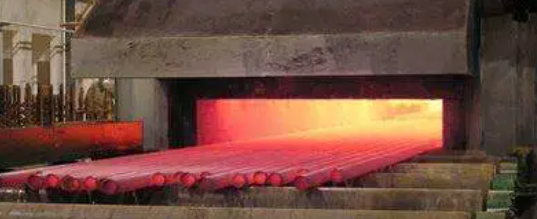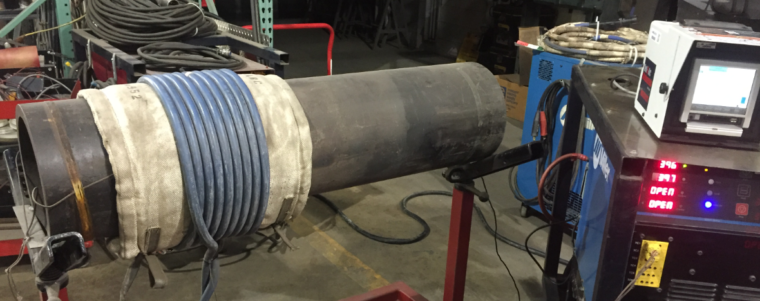Weldability of Annealed, Normalized, Quenched and Tempered Steels

We frequently receive requests for help developing welding procedures for welding on quenched and/or quenched and tempered steels. Sometimes the call for help is to determine why these steels cracked after welding and how to prevent it from happening in the future. Understanding the supplied condition of the steel you are going to be welding […]


